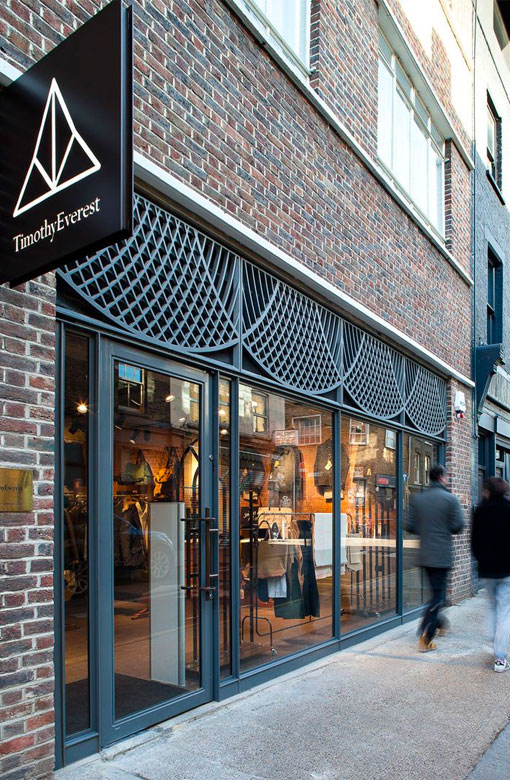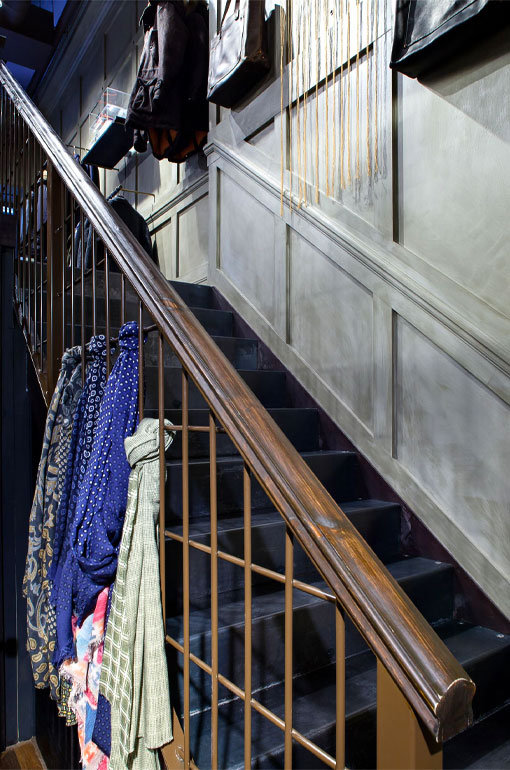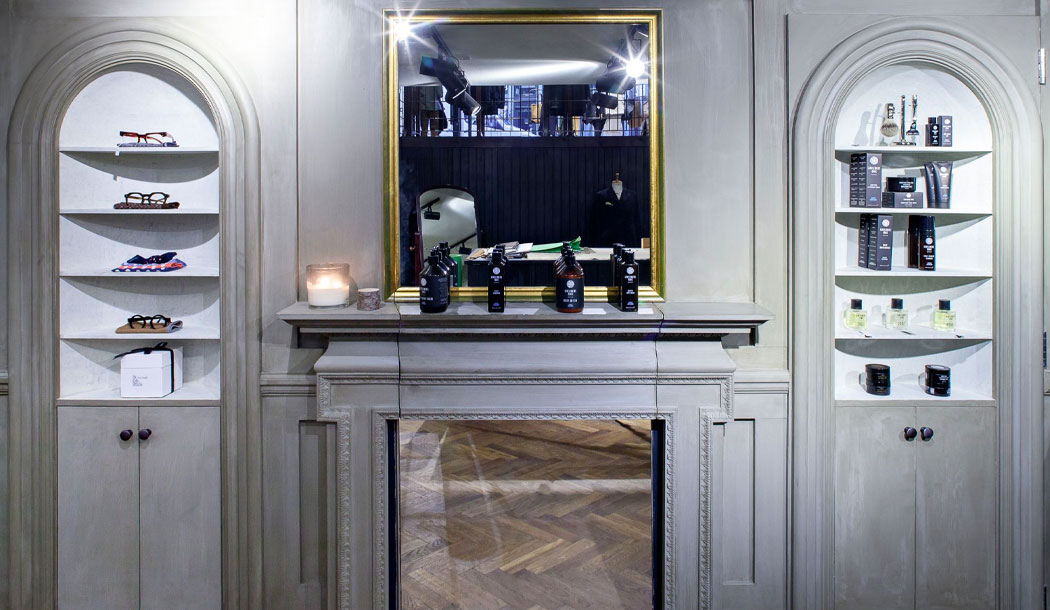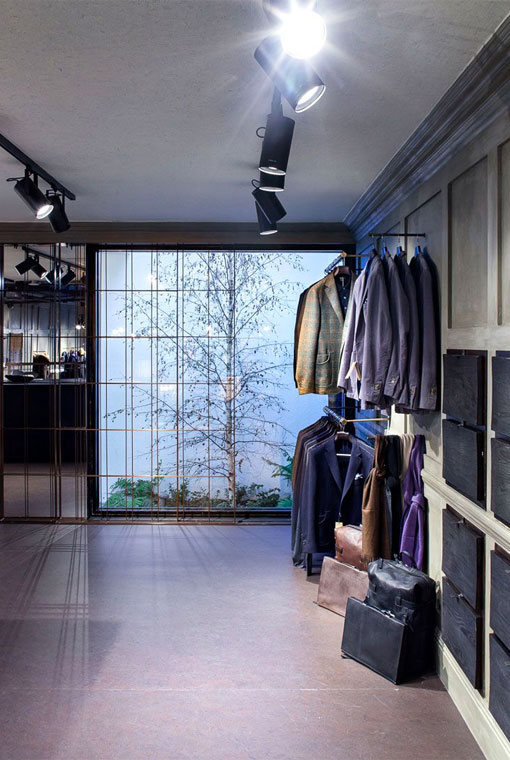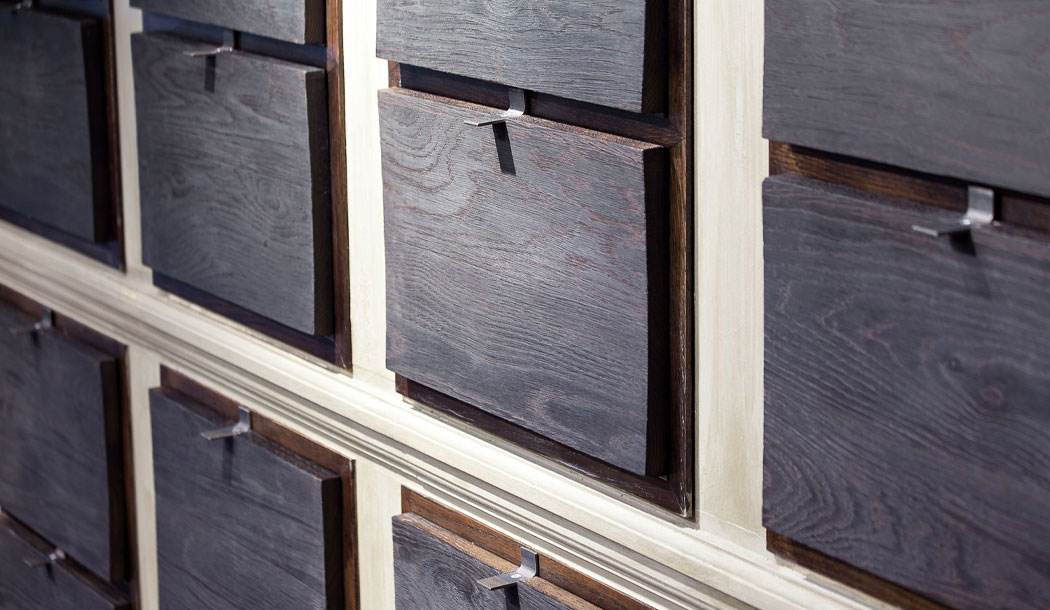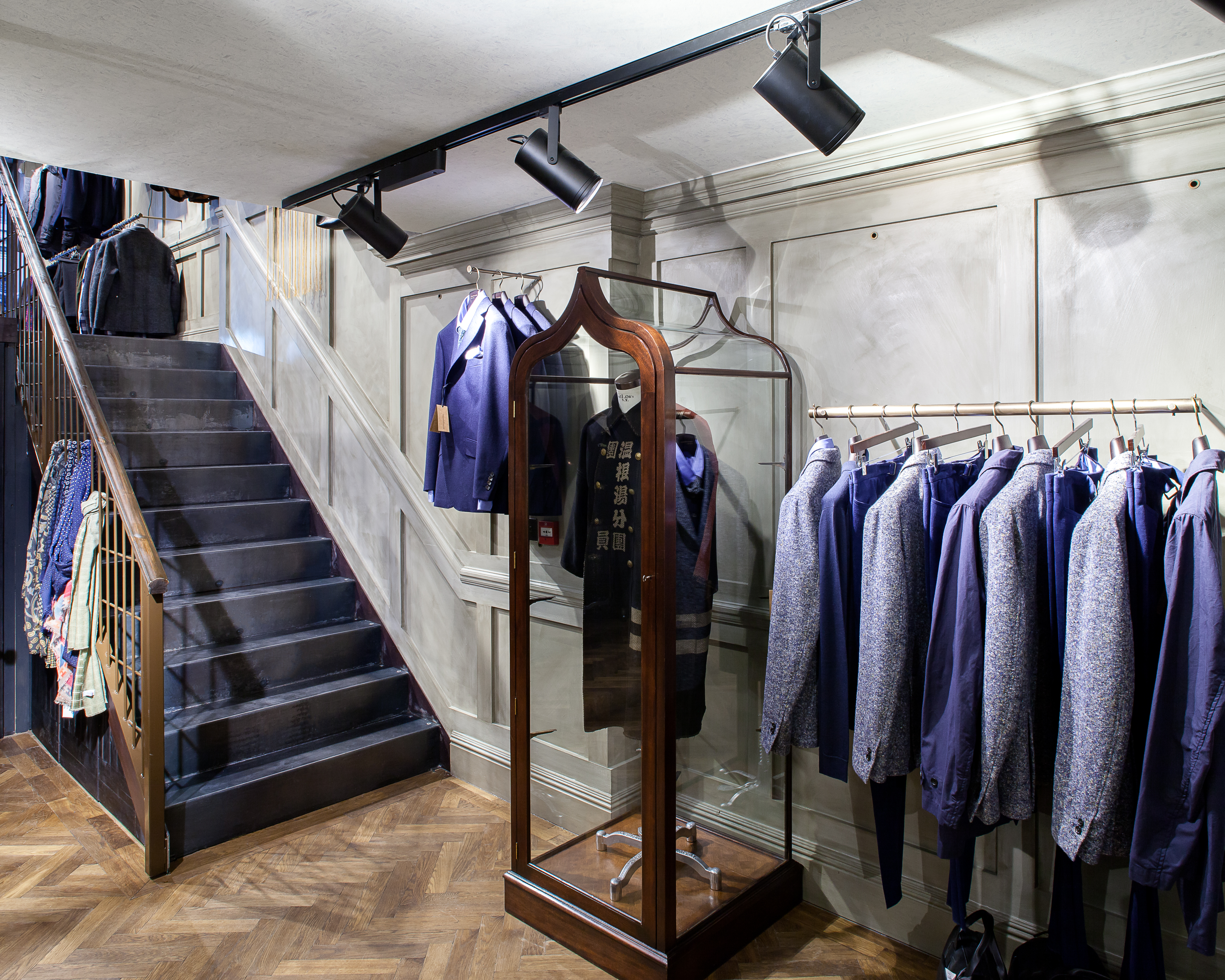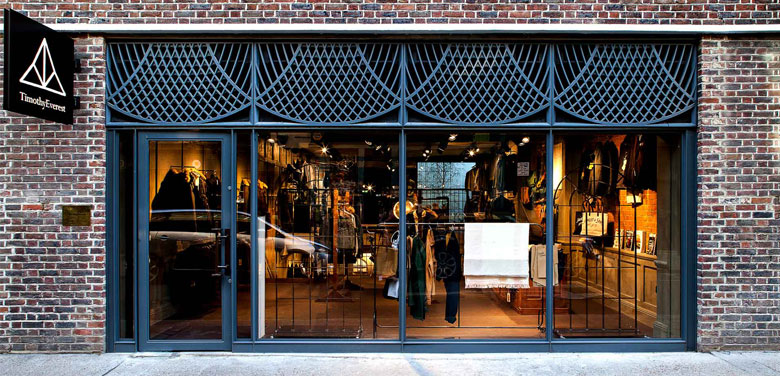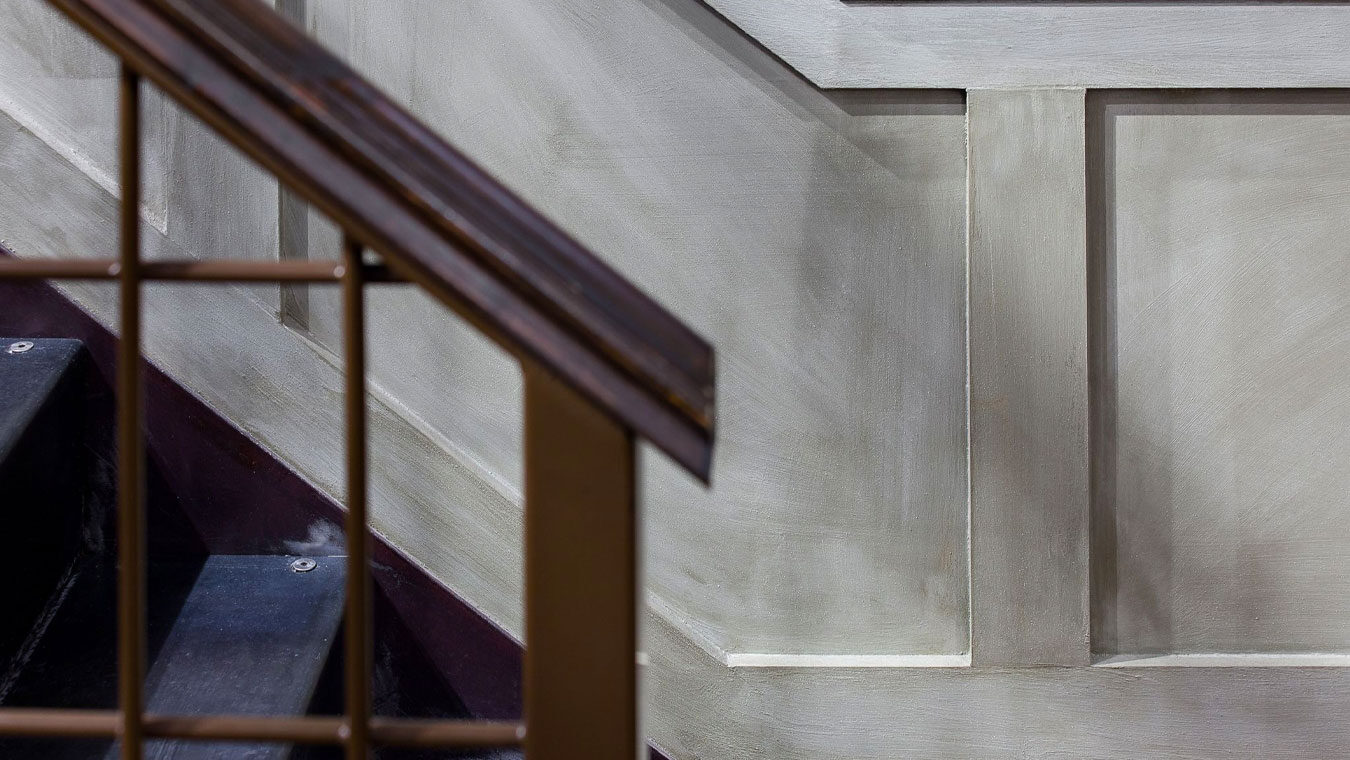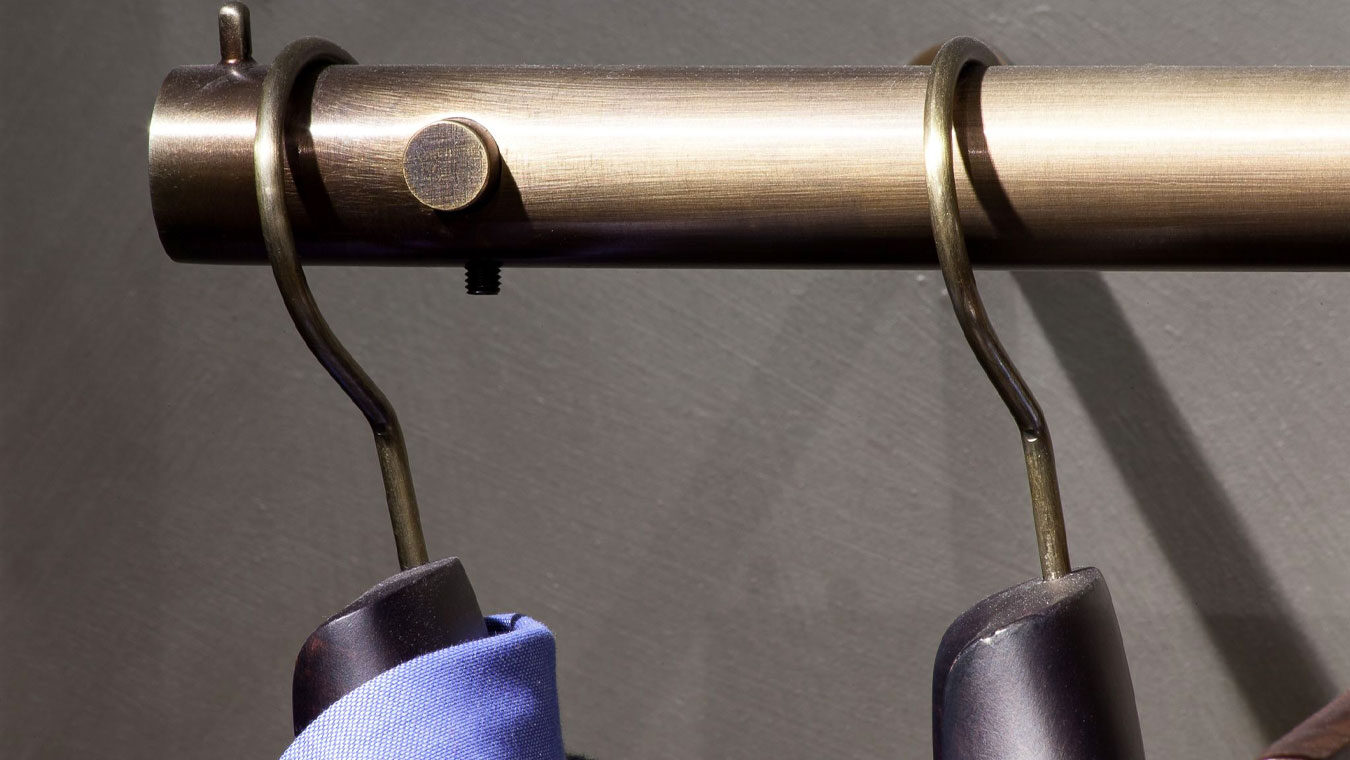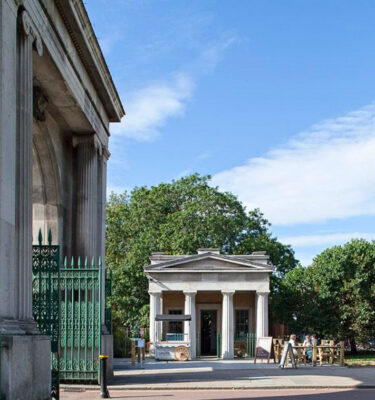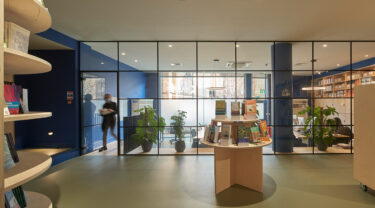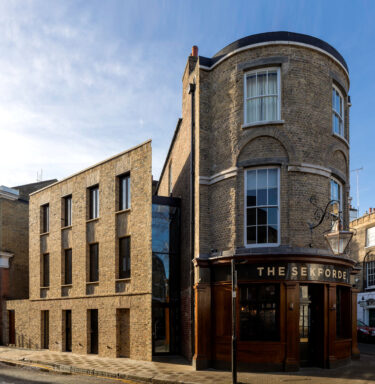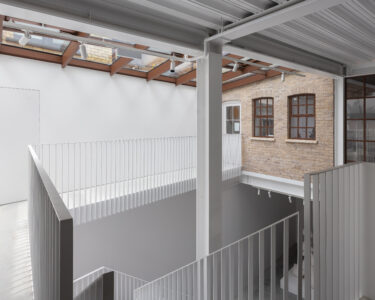- Search
- Contact
Timothy Everest Store
- Sector: Commercial
- Year: 2016
- Client: Private
- Location: Shoreditch, London
This project saw the transformation of a run-down 1950s Shoreditch warehouse into the new bespoke tailoring and fashion store of celebrated tailor Timothy Everest. CDA’s design interlaces traditional Japanese influences with references to the British Georgian era, and a stripped-back industrial aesthetic appropriate to its East London setting. The challenging brief asked CDA to reflect the distinct philosophy behind Timothy Everest’s fashion design and tailoring in the architecture of the store. Everest’s ‘deconstructive’ approach to tailoring offers clients the ability to hand select a combination of Japanese and British fabrics which are crafted into bespoke clothing.
Commenting on the project, Everest said:
‘I knew from the outset that Chris would understand and deliver the brief. Chris has managed to deconstruct Georgian architectural design notes within the new store which reflects the deconstruction of my work. Chris has a reputation for working on challenging projects of all scales including many historic listed buildings. His practice prides itself on a high degree of attention to detail and a flair for innovative and modern design.’
In response to the client’s brief, CDA imagined a garment turned inside out with all the stitches visible. Where concrete would normally be seen on an exterior façade, CDA used concrete to form panelling on the interior walls and achieve an ‘inside out’ feel, and bring a sense of the outside into the store. The ceiling has been stripped back to reveal industrial metal piping which also references industrial Shoreditch.
The elegantly crafted emporium has been divided into three levels, each with a different design function. The ground floor is ready to wear, mezzanine made to measure and the basement floor is bespoke tailoring and fittings.
Awards:
Shortlisted for AJ Retrofit Awards 2016
Shortlisted for Design Week Award 2016
Shortlisted for New London Architecture Award 2016
Photography: Peter Landers
